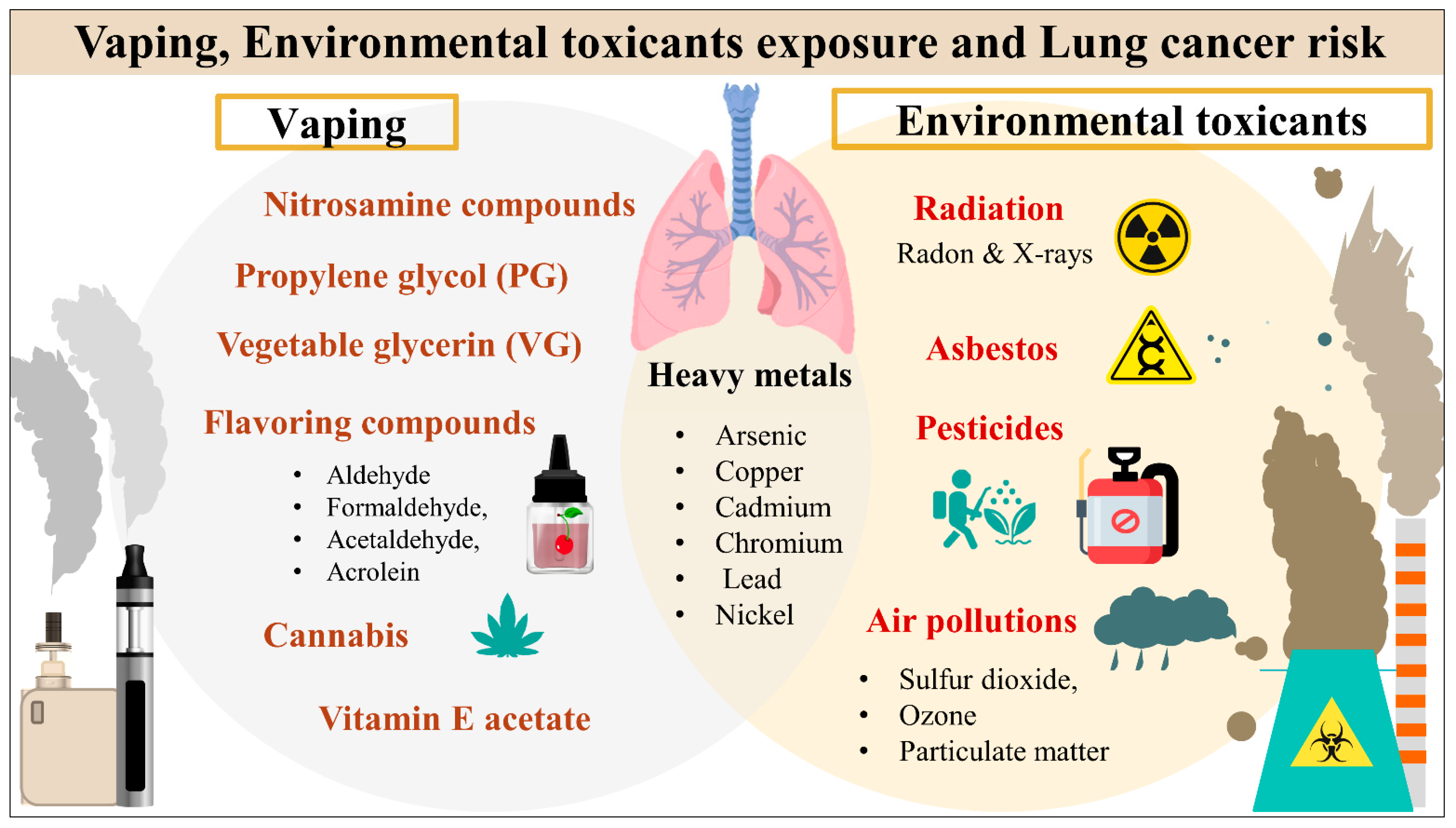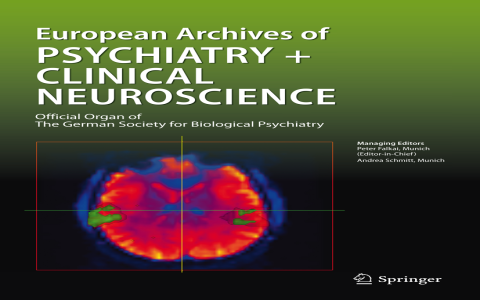Electronic cigarettes, commonly known as e-cigarettes or vapes, are not harmless and pose significant health risks. While often marketed as a safer alternative to traditional cigarettes, their use is associated with a range of negative health effects.
Respiratory System Complications
Inhalation of e-cigarette aerosol can lead to various respiratory issues:

- Lung Inflammation and Injury: E-cigarette aerosol contains irritants causing lung inflammation and tissue damage. Severe acute lung injury, such as E-cigarette or Vaping Product Use-Associated Lung Injury (EVALI), has been reported.
- Exacerbation of Chronic Lung Diseases: Vaping can worsen conditions like asthma and chronic bronchitis, and may contribute to their development.
- Impaired Lung Function: Studies indicate vaping can negatively affect lung capacity and overall respiratory performance.
Cardiovascular Health Risks
E-cigarette use can adversely affect the cardiovascular system:
- Cardiovascular Strain: Nicotine, a primary component, elevates heart rate and blood pressure, stressing the cardiovascular system.
- Vascular Damage: Vaping has been linked to increased arterial stiffness and endothelial dysfunction, precursors to heart disease.
- Potential for Major Cardiac Events: Some research suggests an increased risk of heart attacks and strokes, with ongoing studies to clarify long-term impacts.
Impact on Brain Development and Function
Nicotine exposure, especially during adolescence, has detrimental effects on the brain:
- Harm to Developing Brains: Nicotine exposure during adolescence can disrupt brain development, affecting attention, learning, mood, and impulse control.
- Heightened Addiction Susceptibility: Early nicotine exposure can increase vulnerability to addiction to nicotine and other substances later in life.
Nicotine Addiction
E-cigarettes are effective nicotine delivery devices, leading to strong addiction:
- Strong Addictive Properties: Nicotine is highly addictive. E-cigarettes efficiently deliver nicotine, fostering dependence, sometimes at higher levels than conventional cigarettes.
- Withdrawal Challenges: Quitting attempts can lead to withdrawal symptoms like anxiety, irritability, depression, and concentration difficulties.
Exposure to Harmful Chemicals
E-cigarette aerosol is not just water vapor; it contains multiple harmful and potentially harmful substances:
- Carcinogenic Compounds: Aerosol can contain known carcinogens such as formaldehyde, acetaldehyde, and acrolein.
- Toxic Metal Particles: Metals like nickel, tin, chromium, and lead can leach from the device’s heating coil and be inhaled.
- Volatile Organic Compounds (VOCs): These chemicals, including benzene (found in car exhaust), are present in emissions and can cause respiratory irritation and other health problems.
- Risks from Flavorings: Many flavoring chemicals, while safe for ingestion, can be harmful when inhaled. Some are linked to lung disease (e.g., diacetyl historically with bronchiolitis obliterans), and others can cause inflammation or cellular damage. Long-term inhalation effects of most flavorings are not fully known.
- Ultrafine Particulates: These small particles can penetrate deep into the lungs, potentially causing inflammation and systemic effects.
Risks During Pregnancy
E-cigarette use during pregnancy poses risks to both the mother and the developing fetus:
- Harm to Fetal Growth: Nicotine and other chemicals in e-cigarette aerosol can impair fetal brain and lung development and may lead to other developmental issues.
- Pregnancy Complications: Vaping during pregnancy is linked to increased risks of premature birth, low birth weight, stillbirth, and SIDS (Sudden Infant Death Syndrome).
Other Potential Dangers
- Device Malfunctions: Faulty batteries in e-cigarette devices can lead to fires and explosions, causing severe burns and injuries.
- Accidental Poisoning: E-liquids, especially those containing concentrated nicotine, are highly toxic if ingested or absorbed through the skin, posing a severe poisoning risk, particularly to children.
- Secondhand and Thirdhand Aerosol Exposure: Non-users can be exposed to nicotine and other harmful chemicals from the aerosol exhaled by users and the residue left on surfaces.
The available evidence indicates that e-cigarette use is associated with numerous negative health outcomes. The long-term effects are still being studied extensively, but current research clearly points to significant risks across multiple body systems, underscoring that these products are not safe.










